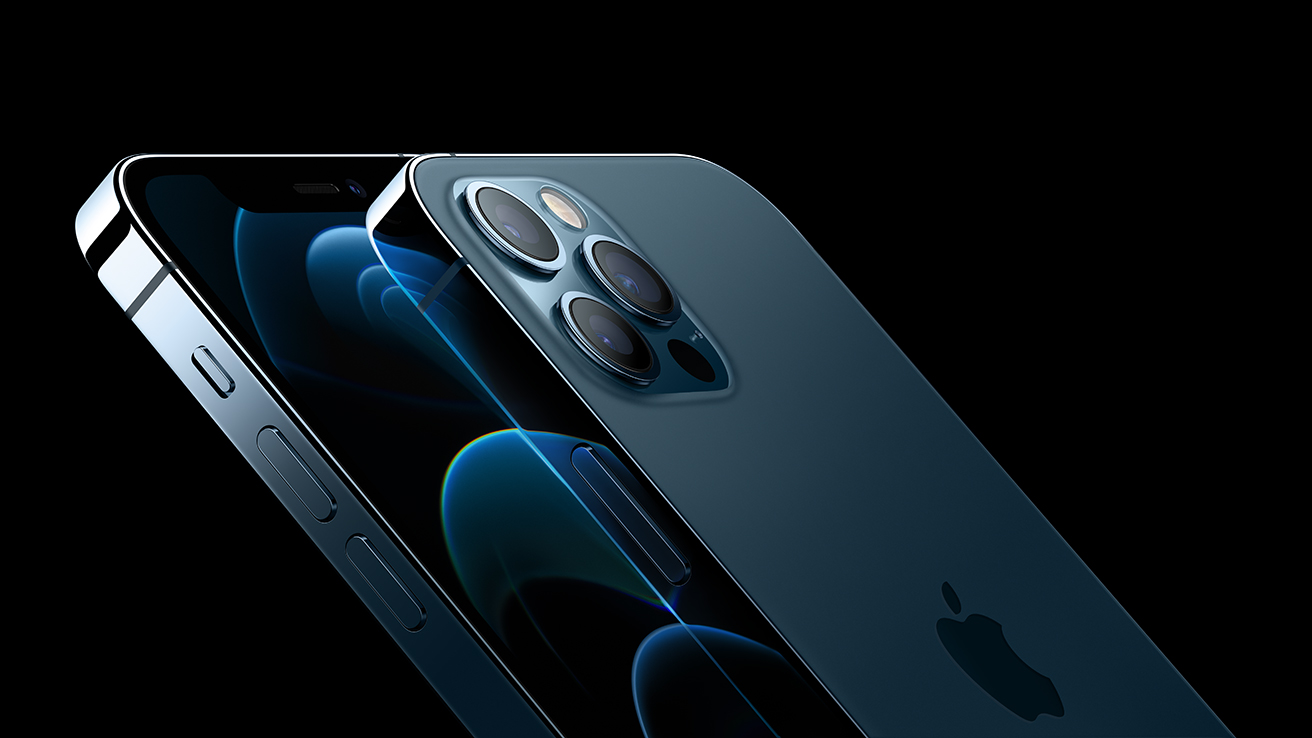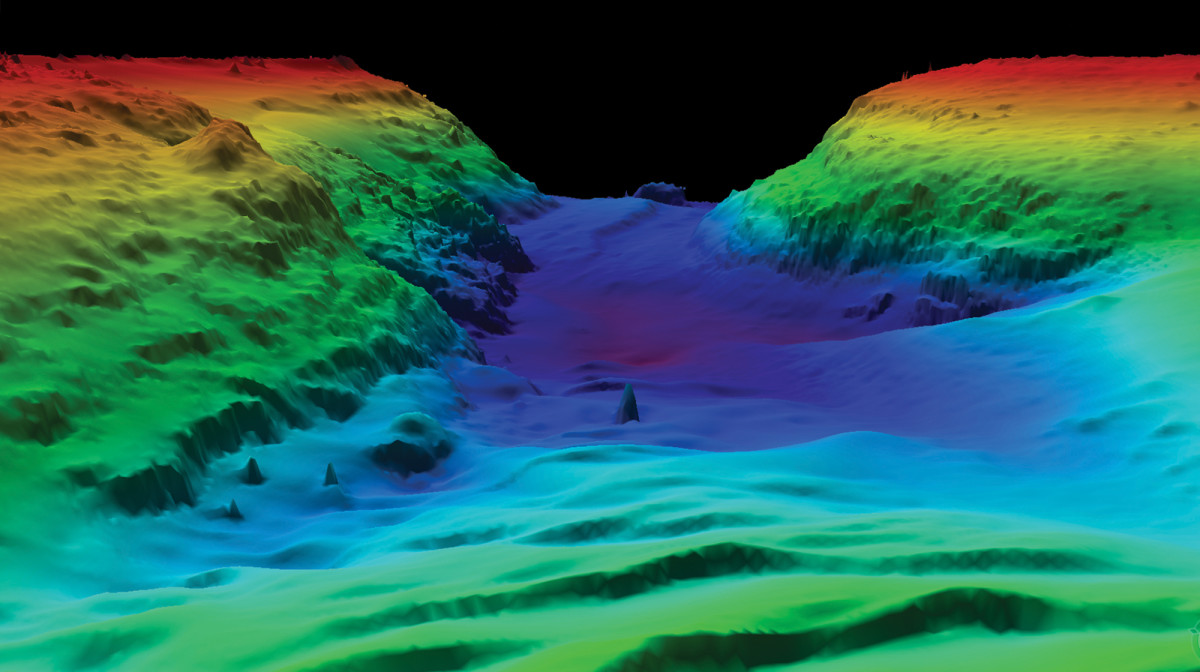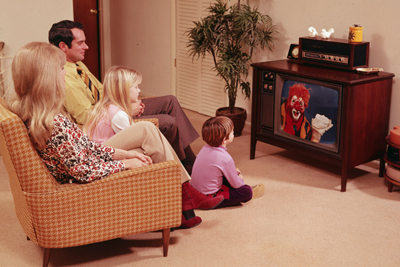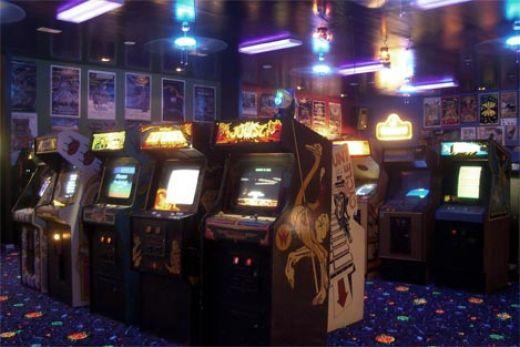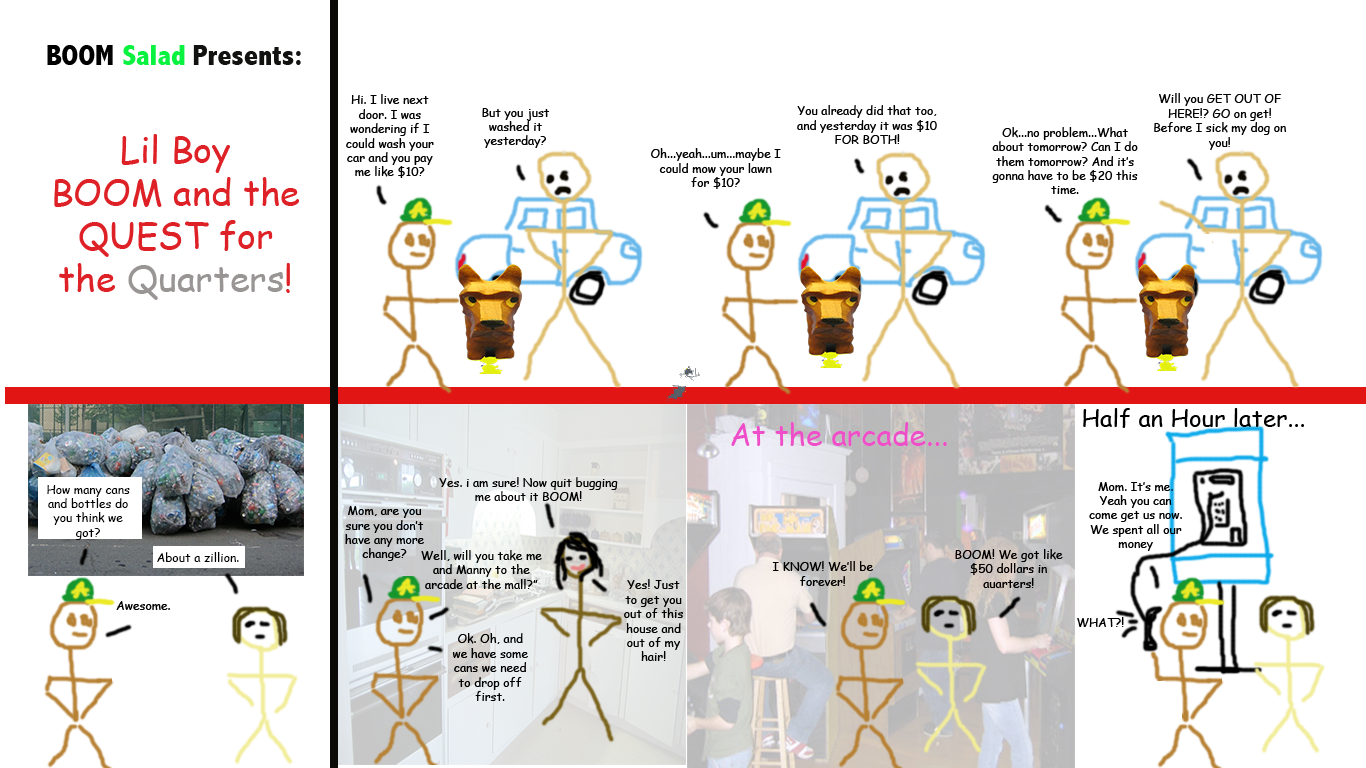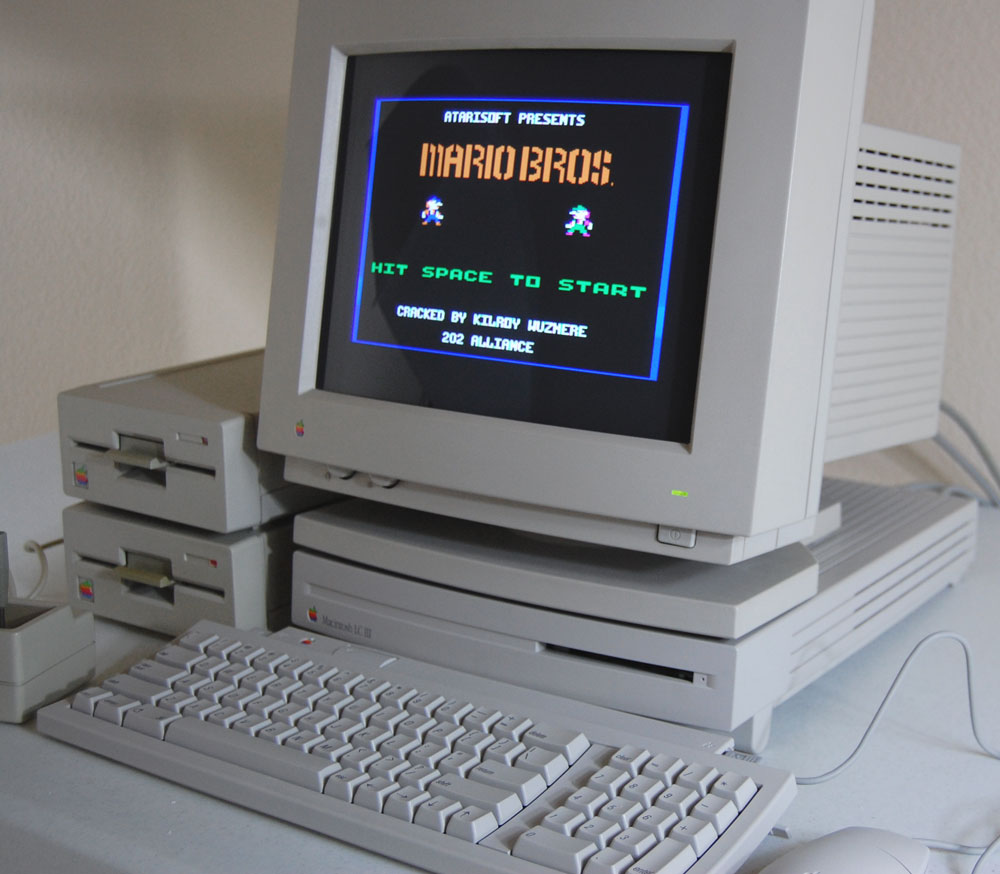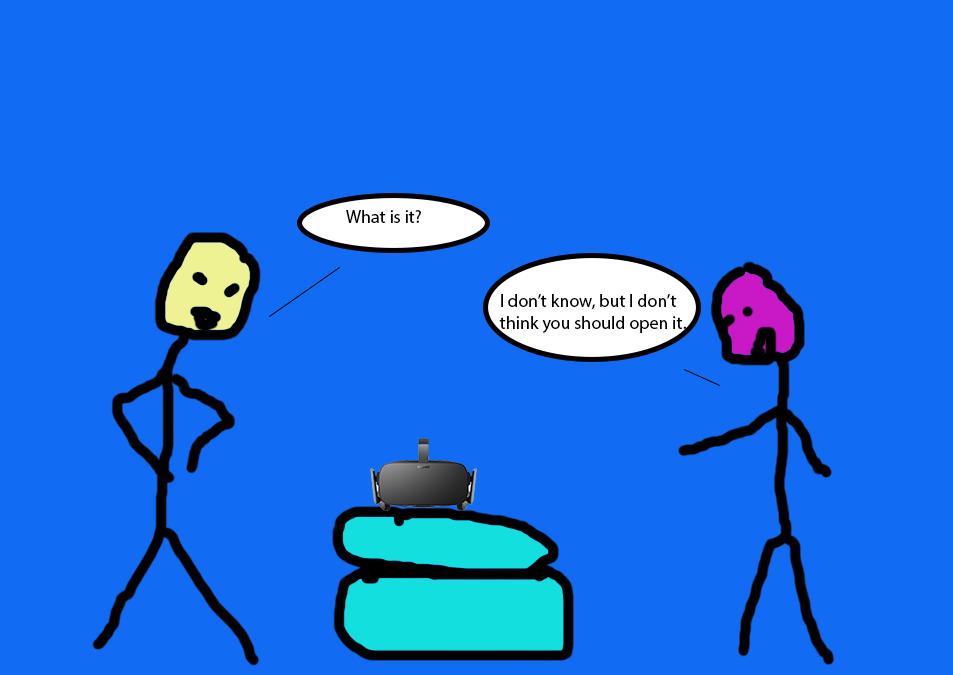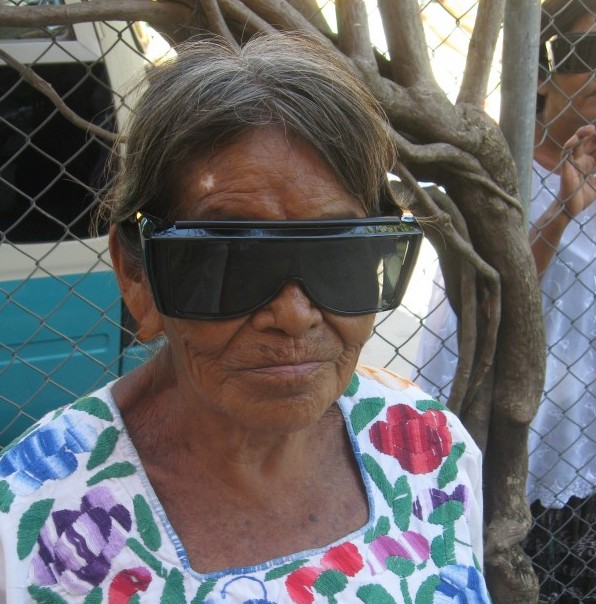It’s interesting how the word expose, or the idea to expose, has evolved over the millennia. As with all verbs in our common usage, it has its roots in a practice. The word practice itself has a history of meaning that is from the earliest of recorded history. All that being said, it’s these two words that when combined, weave a complicated tale of victims and survivors, forgotten and the re-imagined; all, a complex product of one phrase: to be exposed.
In the ancient Mediterranean and Near East: Anatolia and the Levant, even as far as the northern coastline of Africa, all the way to Gibraltar, the practice of being exposed mostly referred to the poorest of the poor, the proletarii. The word proletarii derives from the Latin word for children, “prole”. The proletarii were the lowest class of the Roman caste. Landless, it was said that the proletarii could only contribute their children for the benefit of the Republic. And they did, and in this way, exposed their children to a life of slavery and hardship. But that’s not what the term, to expose your children, meant.
To expose one’s child was a form of ancient birth control. One of the earliest examples is, actually, from ancient Greece, Oedipus is exposed (left out in the wilderness to die) to ensure the prophecies about him go unfulfilled. Well, turns out the Romans were listening. So, a common practice for the poorest of the poor, the proletarii, was to expose their children. From the modern perspective, it seems not only animalistic but also, inexplicable, how a parent could ever expose their child in such a way. And yet, that is how far we have come as a society based, in many significant ways, on the Greco-Roman cultural project.
We can’t imagine exposing our children like that, and yet, we understand the phrase, still, as a negative, even in the modern context. In fact, isn’t it true that instead of referring only to some momentary event, the modern definition now includes a much broader timeframe? In other words, exposing your children could be something that happens for a day, a year, maybe their entire childhood. That’s an example of one of those moments I was talking about before, the deadliest kind, the kind that kills both the perpetrator and victim. It’s times like that when everyone needs a heaven to make sense of it all, but I wouldn’t rely on it.
So, one would be right to ask, ‘are we really evolving to a better us, or are we still yoked together by the neck, watching shadows on a rock wall?’ I pulled my chips on that question a long time ago, but not after losing my ass playing against the house. I think it all comes down to tellin ourselves what we want to hear so that the hit we take is always from a position of suffering, never something we might have deserved. Again, it might make sense, but I wouldn’t rely on it.
When you compare the impact of the law of exposure of the modern age to that of its antecedent, a sane person would have to wonder whether it might be more merciful if practiced like in the days of the heathens. Just put them out of their misery early and be done with it. But, still, I think that’s a step back. All these mountainous decisions are the projected image of the smaller decisions made by all of us. That’s why you should fear them. It might just be about ice cream, or a seat on the bus, hell, maybe it’s about your momma or your sister, trust me, they can fight their own battles without you losing course. The best thing to do when you’re being exposed is to just watch and listen, and when possible, escape.
I was a boy when I was exposed to a sexual predator, and yet the experience didn’t result in any sudden enlightenment of the OT. If anything, it made me more subservient to its various guises: health, wealth, youth. Instead of an acceptance of the truth, I embraced its antithesis: I didn’t want to die. A divergence to my path was introduced that could not be reversed, and only intensified as I got older.
I remember walking home from school one day, I wasn’t supposed to because I was far too young, but I was precocious and thought I would show them all. After walking several blocks, in the right direction, I suddenly became lost. I no longer recognized the landscape. It was then that a fear began to grow within me, ‘what if I’m wrong about all of my previous steps?’ I was terrified and started to cry. Suddenly one of my older sister’s yelled at me, “what the hell are you doing out here?” I wanted to hug her as my savior. But that’s the fear of exposure I’m talking about. The cadence of fear. The realization that there is no one coming to save you.
The experience left me untethered but more importantly, it revealed an essential difference between the ancient practice of exposure and its modern cognate. In the modern usage, it may not be possible to reverse course, but it is possible to recover control of the direction you are traveling, and that can make all the difference in the world. But everything that graces your doorway comes with a shadow (not a truth per se, but certainly a statement I can make with complete confidence).
Recover and recovery are two different modes of a practice, the former usually leads to the latter. But in the practice of the law of exposure, there is never a so-called “recovery”. The loss is the beginning of change, the change in course that will define the trajectory of your journey, until the next one. And there is always a “next one” for those that have been exposed, just ask Oedipus.
When I compare our souls with those of our ancient past, I see the anguish of the proletarii with greater clarity than parents of those who are exposed at the beginning of the new millennia. The primary difference being the immediacy of the loss. No woman exposes her child without memory and loss. But because the modern practice of exposure can last for so long, it’s difficult to outline or to recognize. It’s in the shadows of the good times, a language in music that only plays at the end of a long and terrible day. It takes a connoisseur of suffering to recognize its mournful plaint, but that’s the legacy of the exposed. We become the worlds empathics. We come to recognize that the OT has a language of its own, and that language requires no translation. Not everyone understands the truth, but everyone understands the language of death through the concept of loss. Ultimately, that is what the conversation of exposure is about, loss, permanent loss, and a wrestling with the Only Truth.
All those who experience exposure, experience a corollary loss. I feel fortunate to have discovered my loss at the age I am. Perhaps that’s the biggest distinction between us and the ancients, unlike our infant predecessors, once we discover the loss, we can begin to understand its history and its trajectory. Suddenly, we come to realize, we’re no longer lost, we’re exactly where we should be, nowhere.
And ‘nowhere’ ain’t a bad place to be.
 Last September, news and media outlets worldwide reported the professional video gamer Tyler “Ninja” Blevins return to the Amazon-owned, streaming platform Twitch. While details of the multi-year contract between Amazon and Mr. Blevins have not been disclosed, it is likely that the Ninja will be paid tens of millions of dollars as a premiere streamer/content-creator/influencer for the site.
Last September, news and media outlets worldwide reported the professional video gamer Tyler “Ninja” Blevins return to the Amazon-owned, streaming platform Twitch. While details of the multi-year contract between Amazon and Mr. Blevins have not been disclosed, it is likely that the Ninja will be paid tens of millions of dollars as a premiere streamer/content-creator/influencer for the site.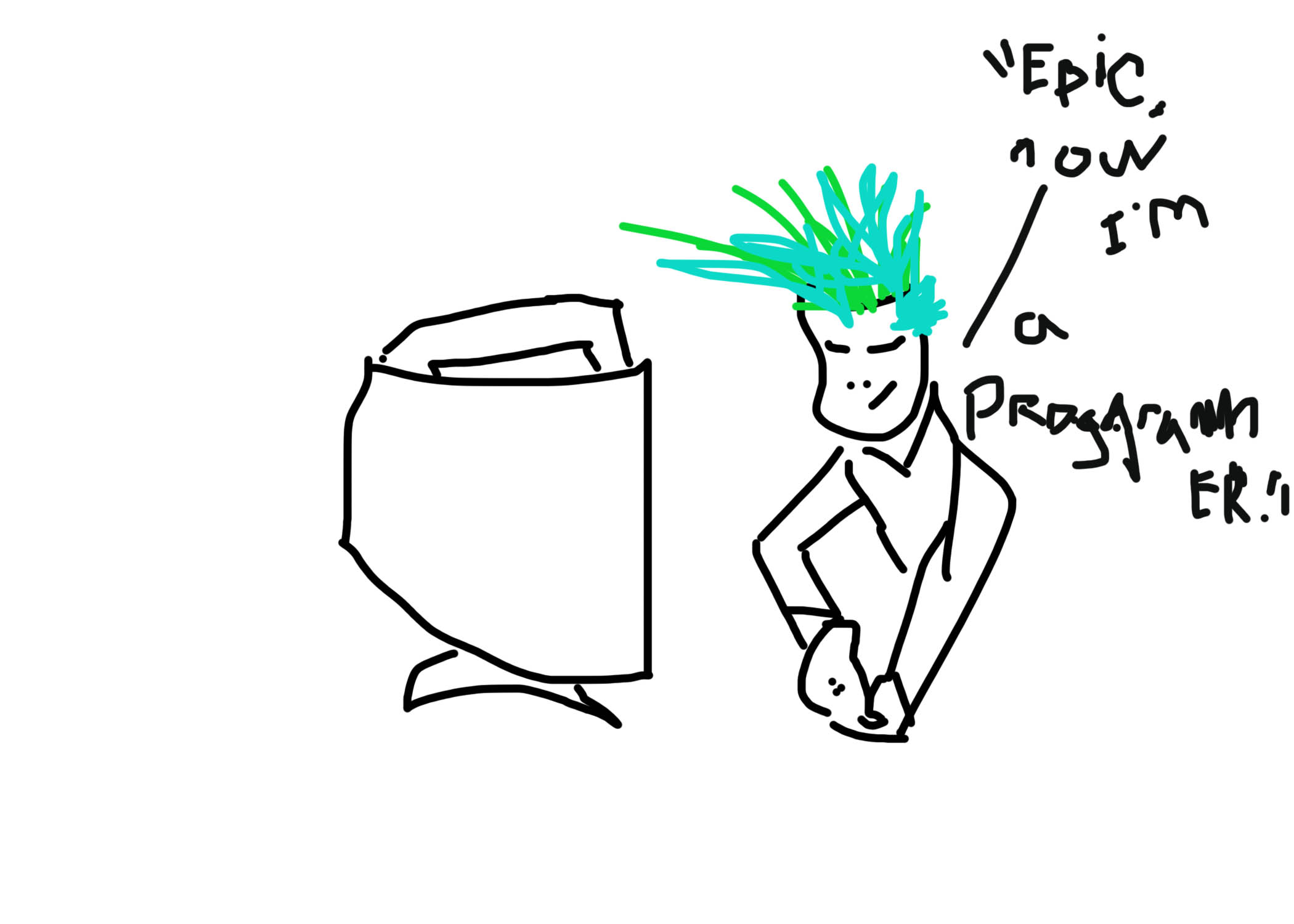 One interesting question that results from this interpretation of the Ninja as programmer is whether or not the software industry will one day take full advantage of this analogy and develop professional programming environments that use a video game interface to produce code instead of the traditional text based, “editor/compiler/assembler/linker/loader” model.
One interesting question that results from this interpretation of the Ninja as programmer is whether or not the software industry will one day take full advantage of this analogy and develop professional programming environments that use a video game interface to produce code instead of the traditional text based, “editor/compiler/assembler/linker/loader” model.